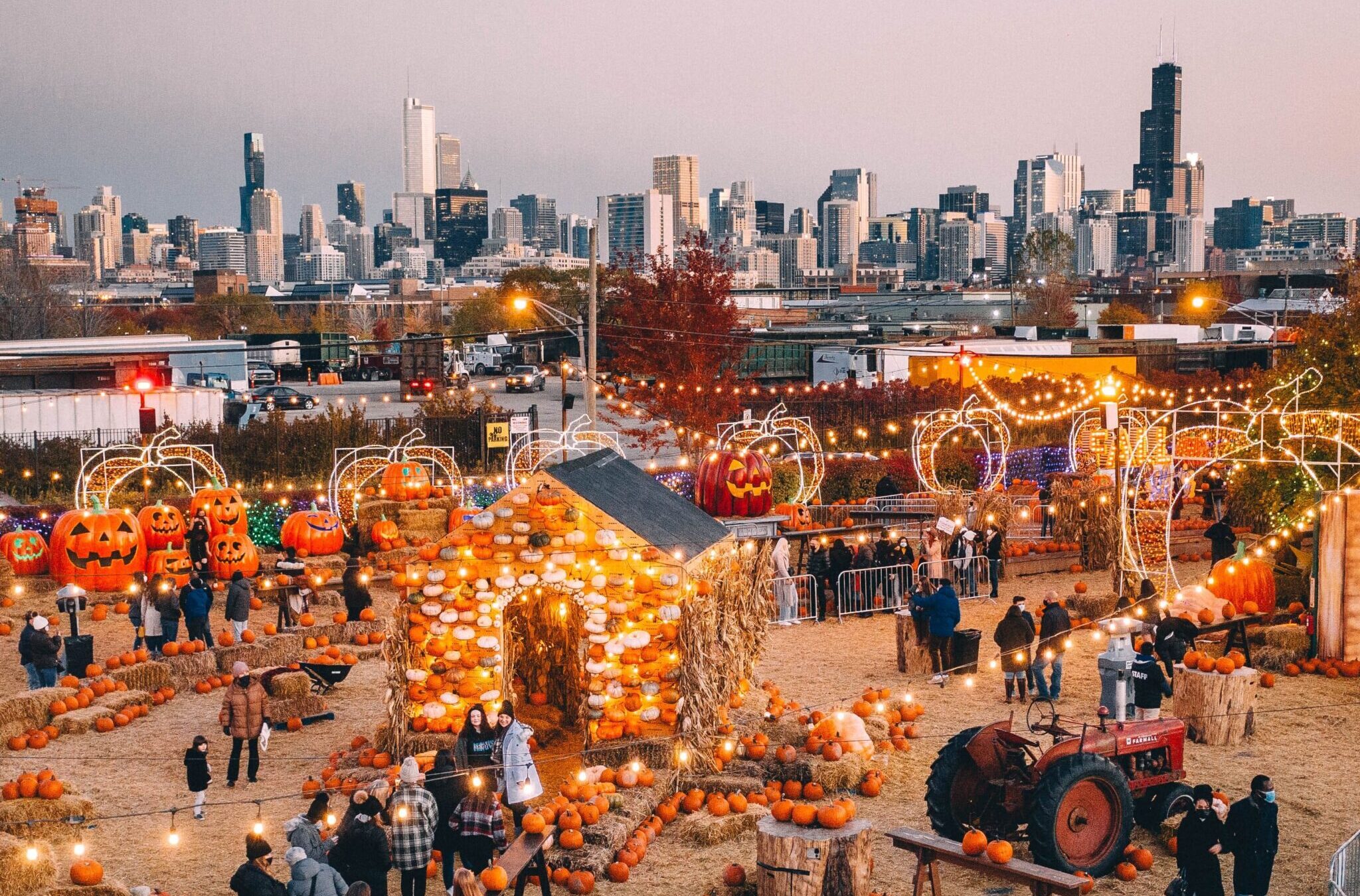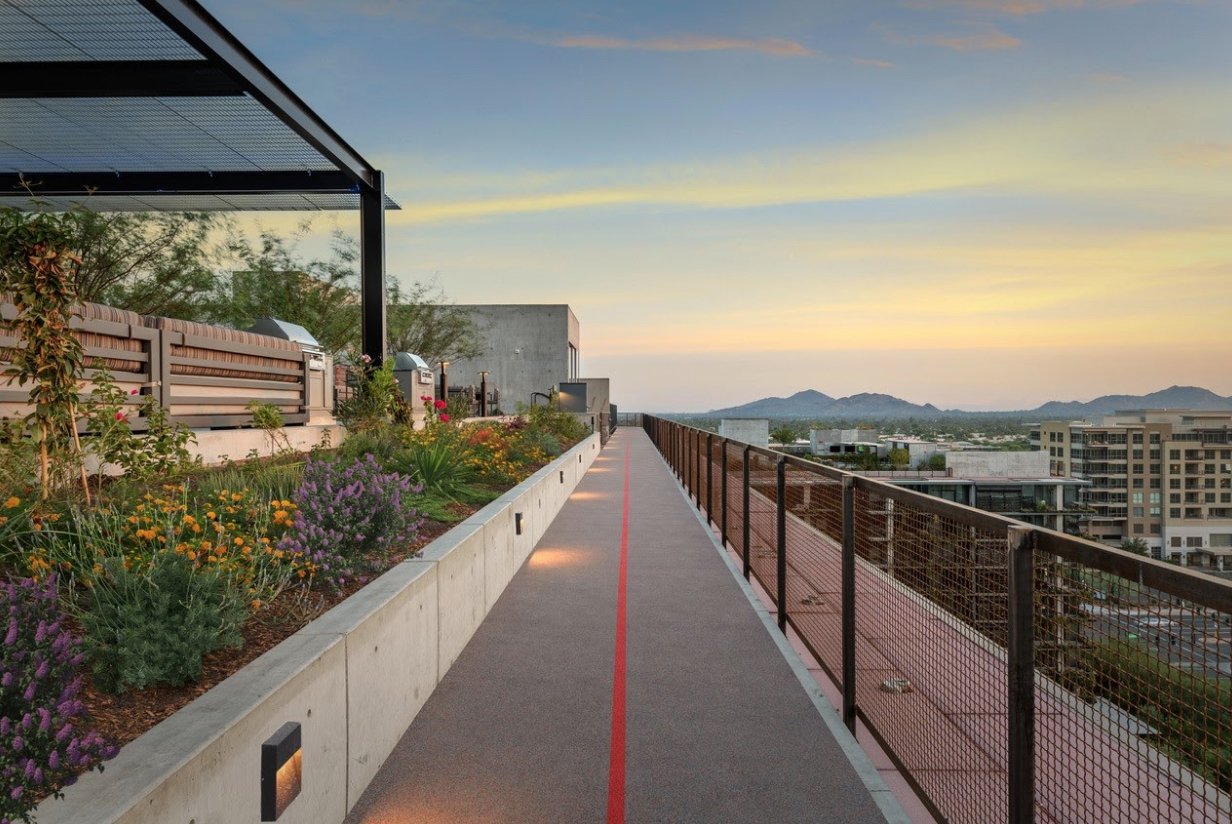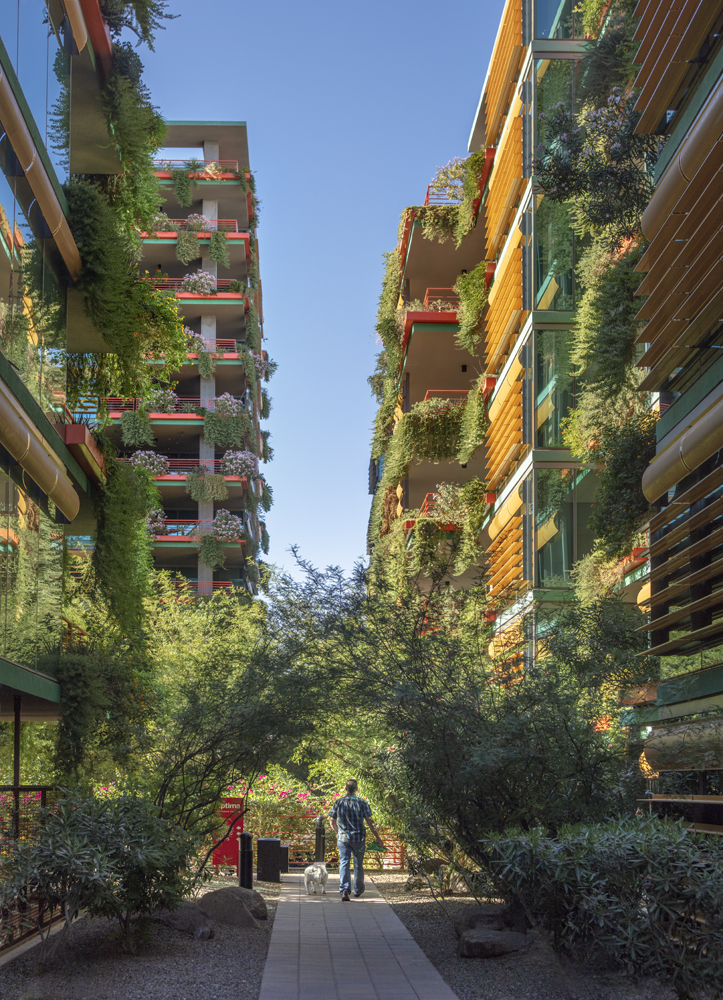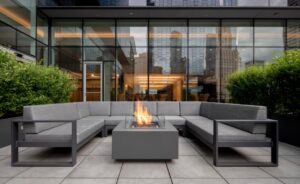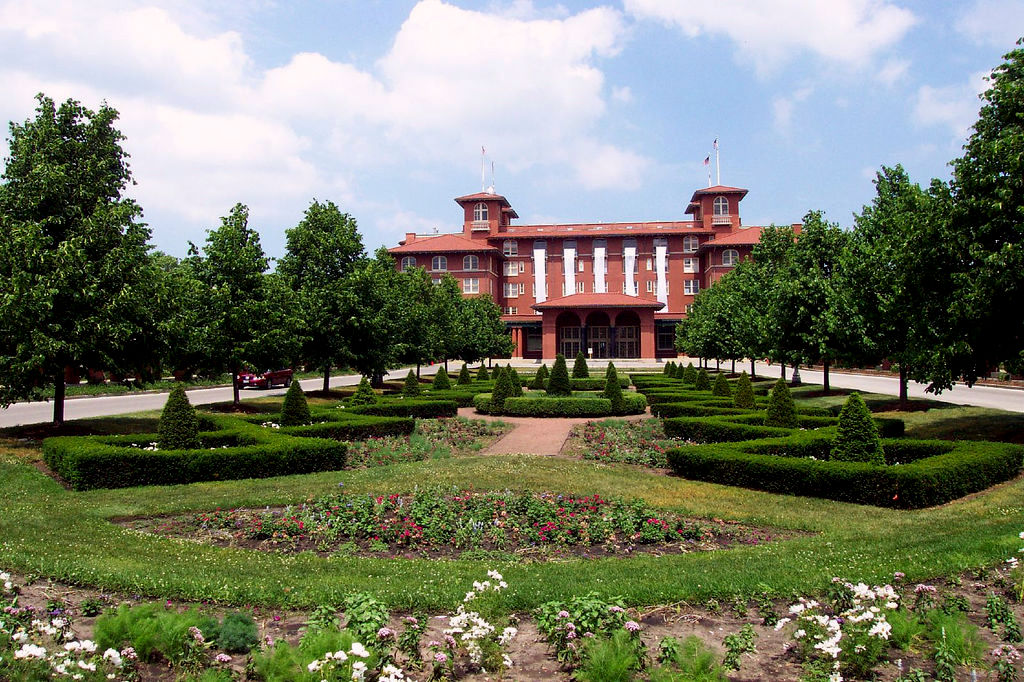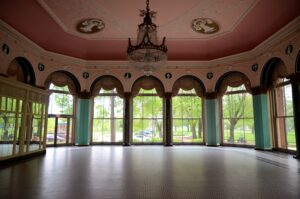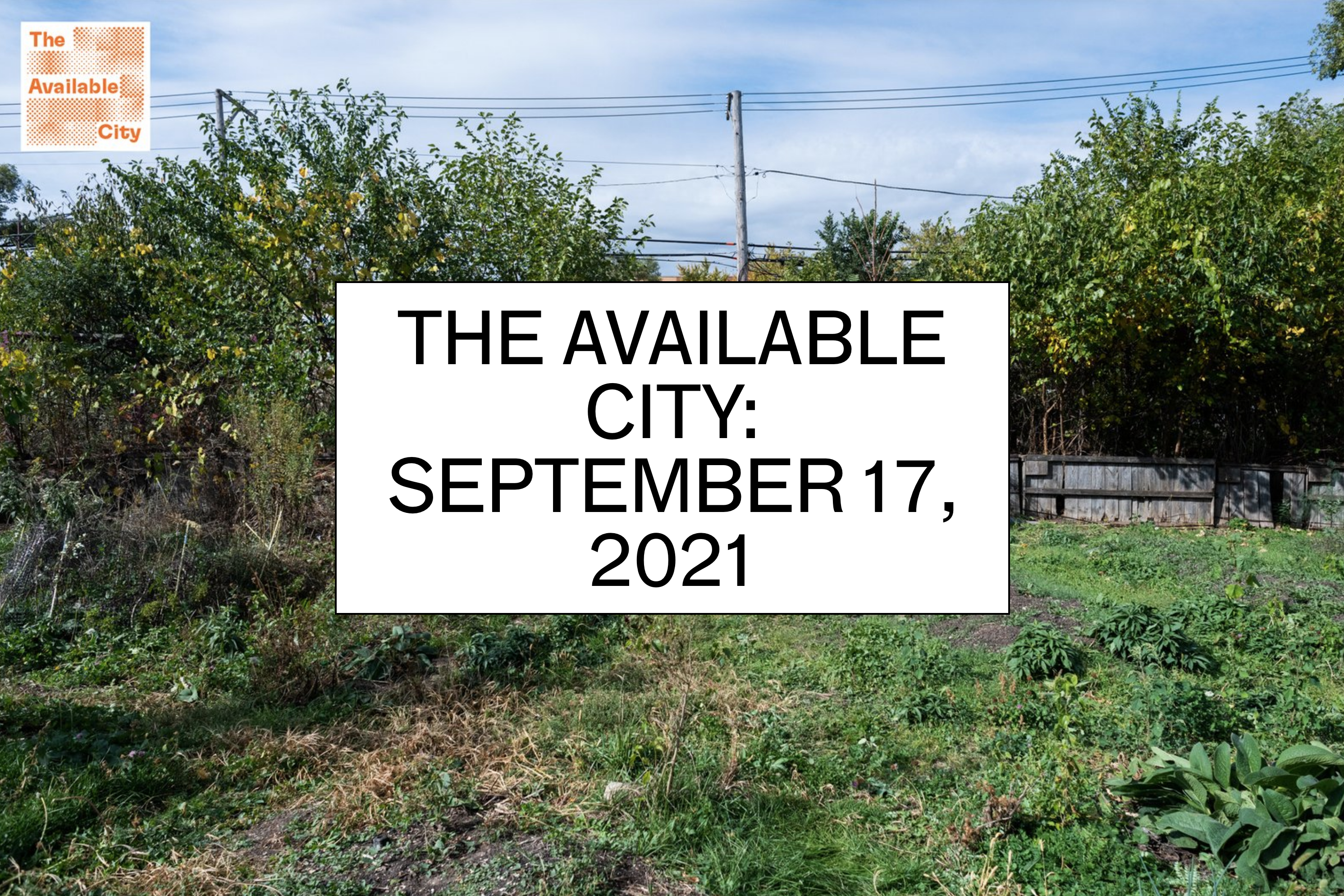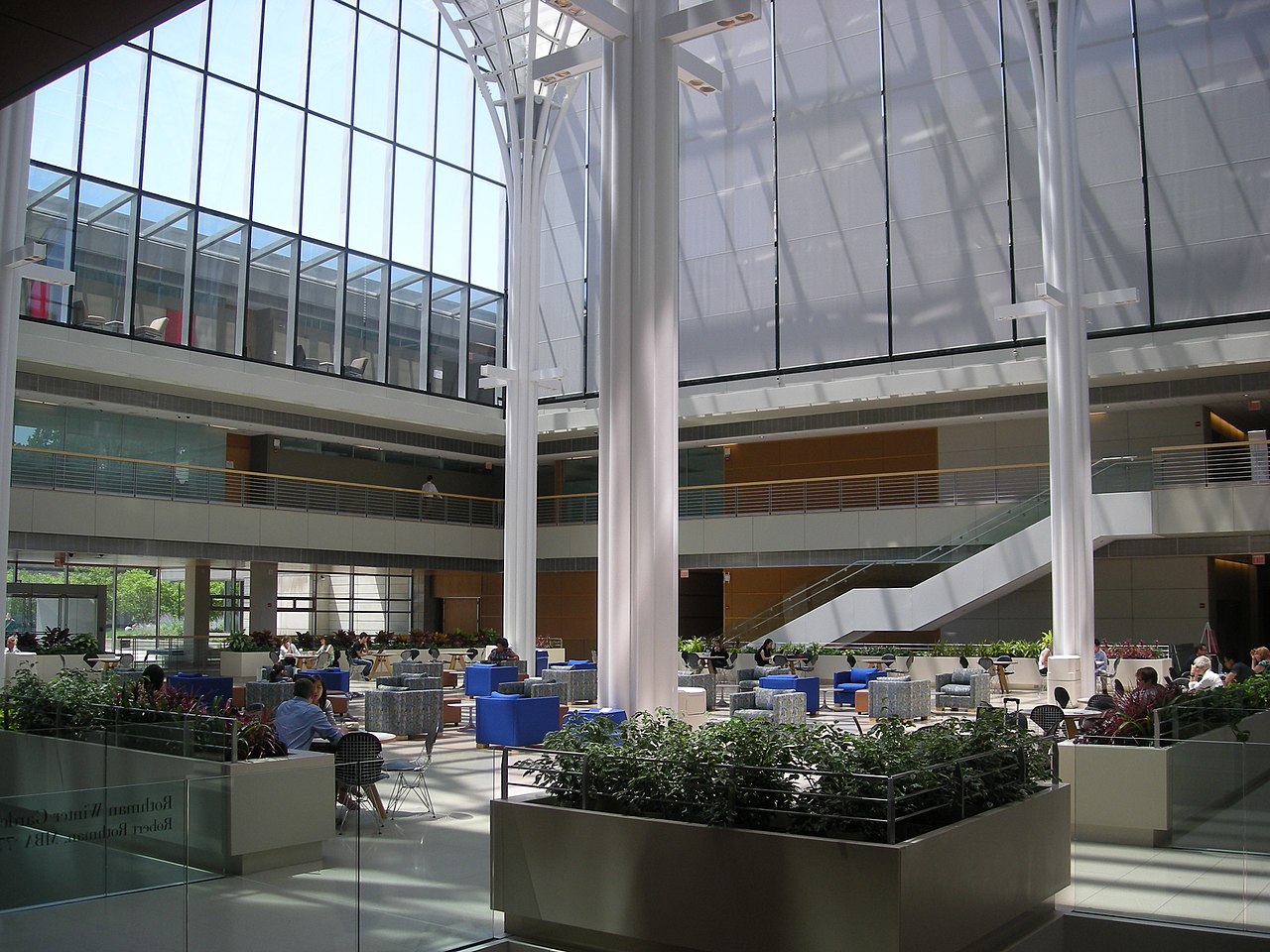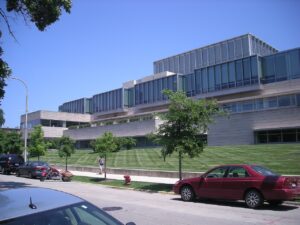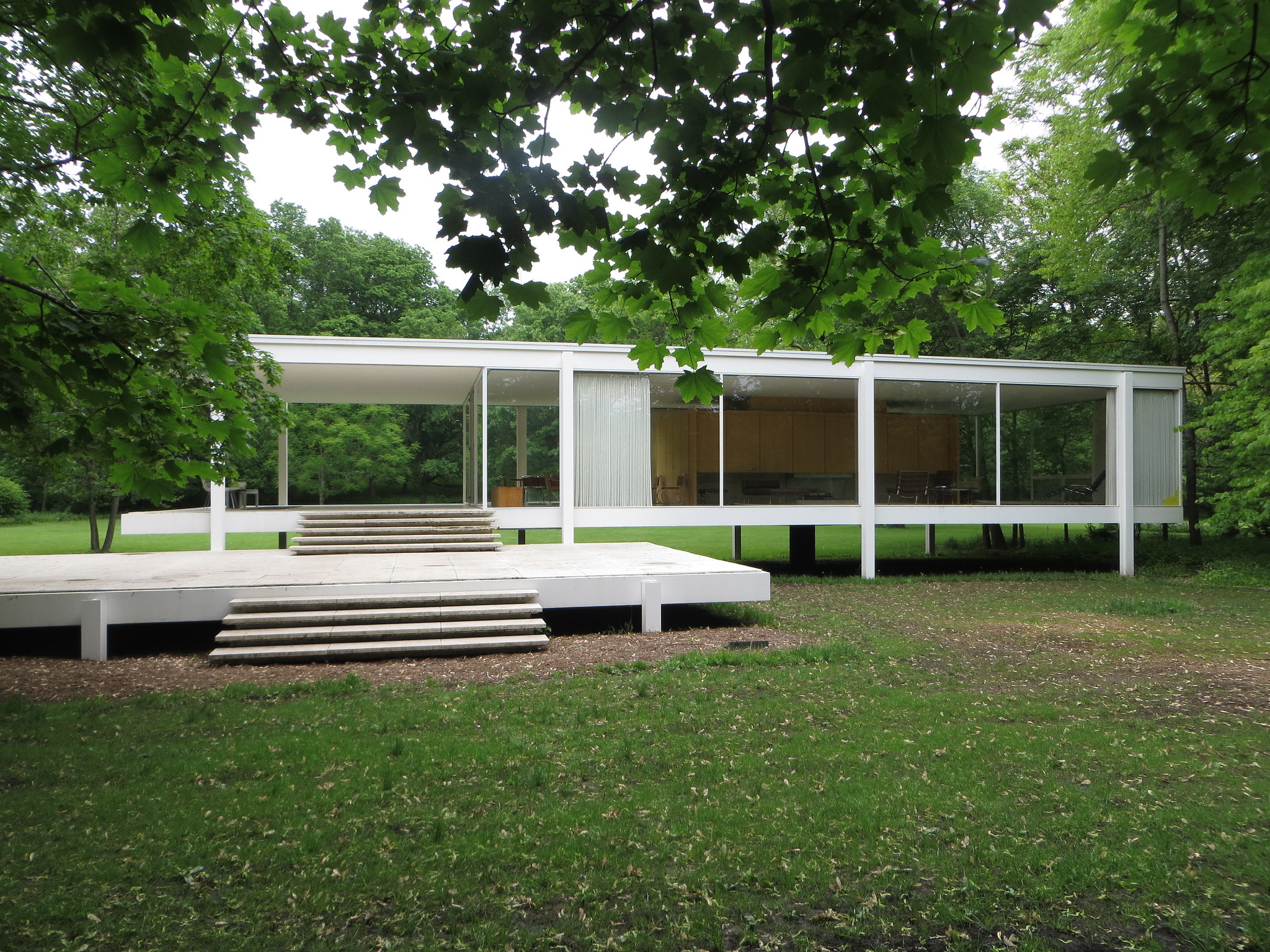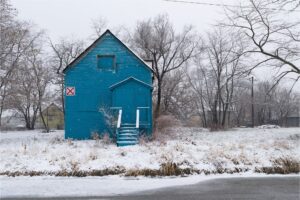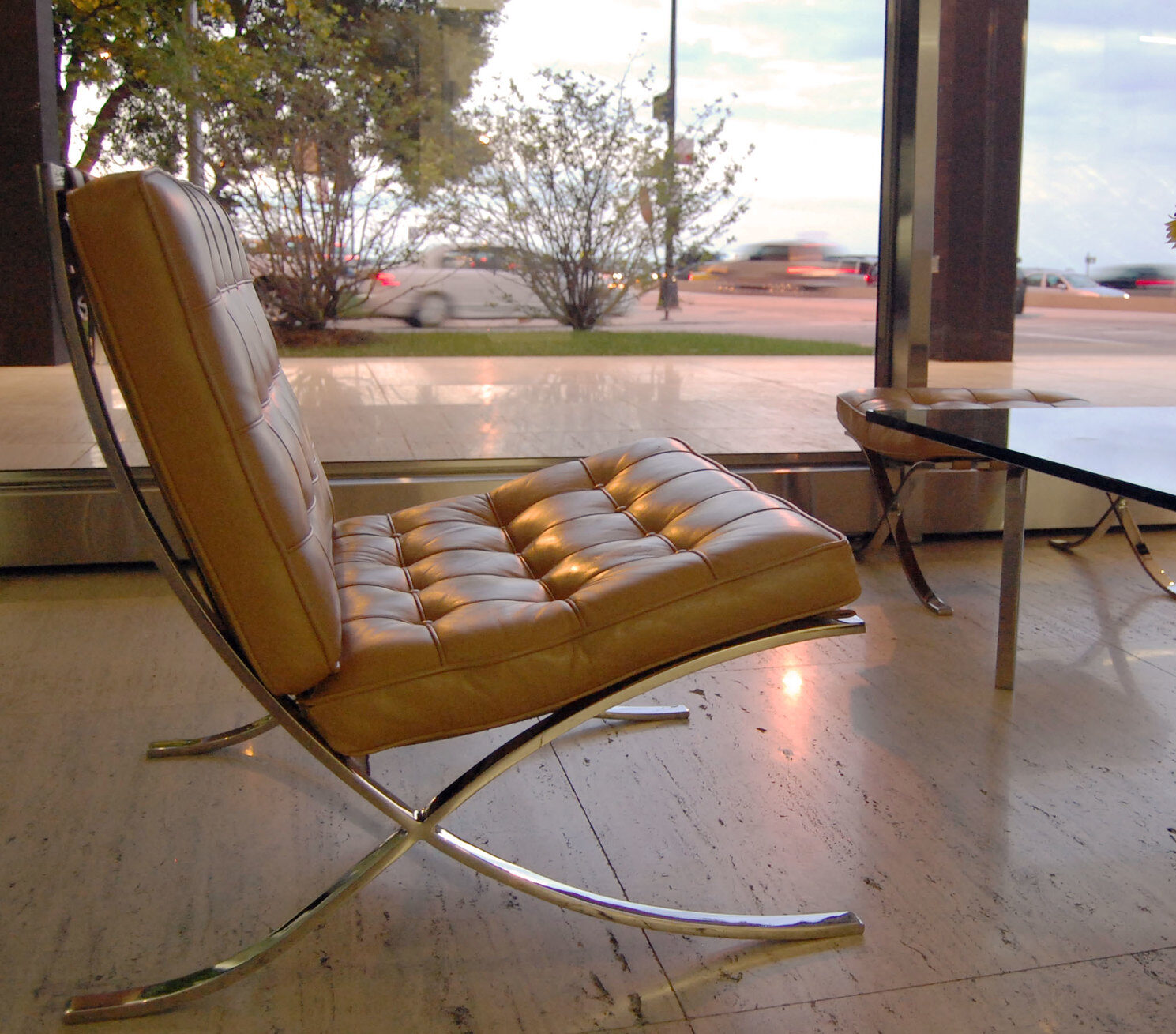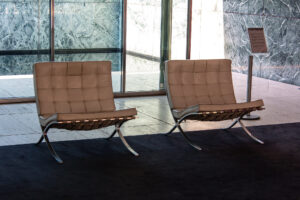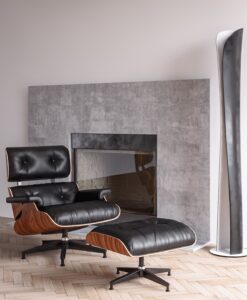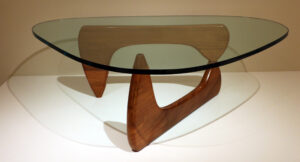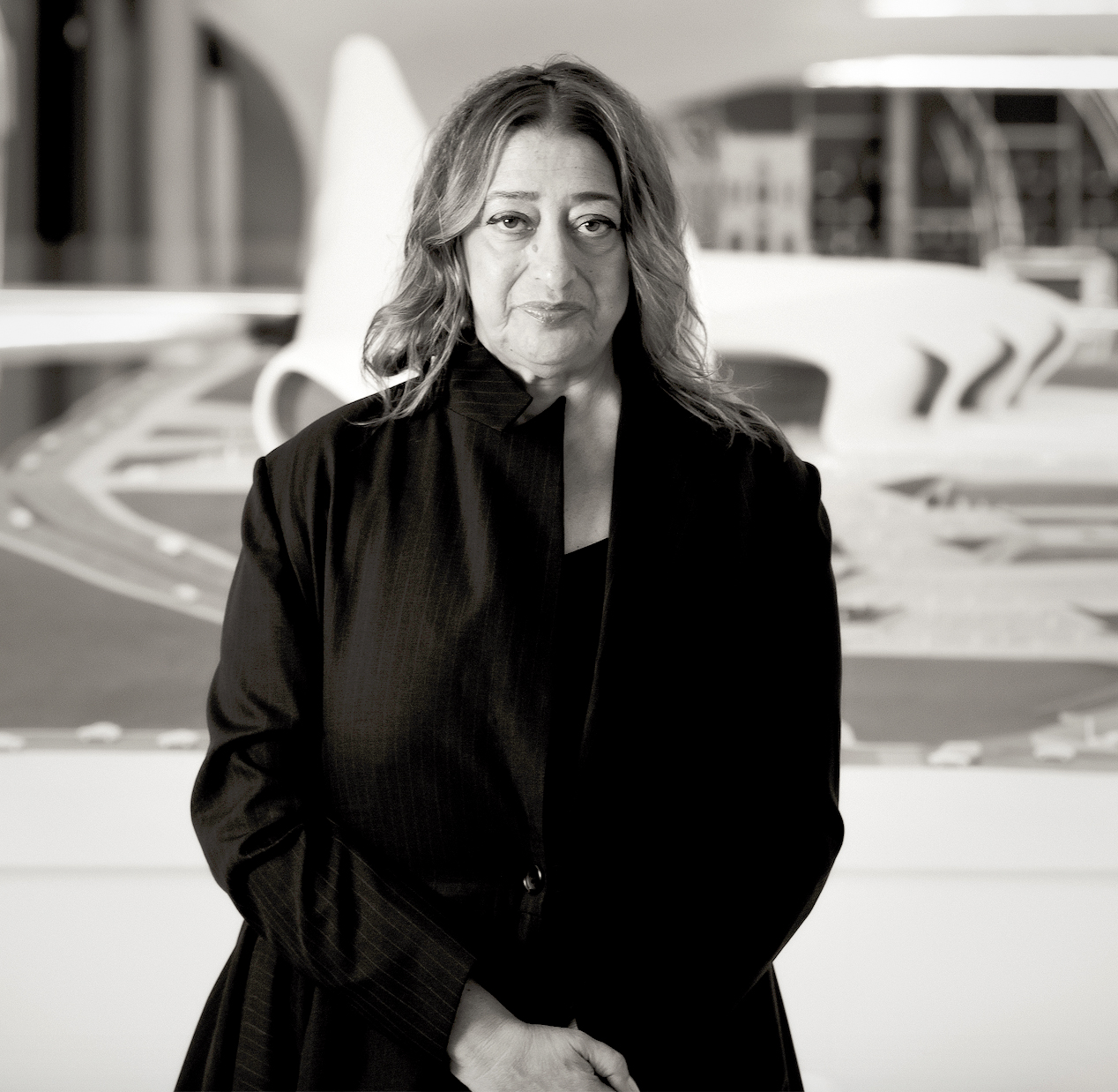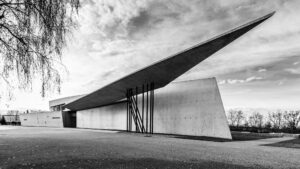Autumn brings brisk weather, parks filled with vibrantly colored leaves, and an endless array of pop-ups, markets and festive events. The residents of Optima Signature have easy access to all of the city’s most bewitching autumn pastimes. Here are a few of the many activities to do this autumn in Chicago.
Chicago Classics
Chicago is home to many autumn events that are entirely unique to the city. Jack’s Pumpkin Pop-Up is one of them. The one-of-a-kind outdoor experience is home to an axe-throwing range, classic carnival games, a dense pumpkin patch and Chicago’s largest corn maze. Food trucks serving fall cuisine and bars serving seasonal cocktails can be found across the two-acre experience. General admission for Jack’s Pumpkin Pop-Up is $25 and it is open every day through October 31. You can find more information and get tickets here.
Just a few miles East of Jack’s Pumpkin Pop-Up, Navy Pier’s Pumpkin Lights transform the beloved spot into a must-do fall outing. Throughout the month, guests will find Pier-wide deals, festive activities and more than 1,000 decorated pumpkins.
After finding carving inspiration at Navy Pier, an architectural boat or walking tour featuring Optima Signature is the perfect way to end a fall day. The crisp, breezy fall weather is perfect for a guided tour on foot through the heart of the city or down the Chicago River in one of its famous river cruises. The educational trips cover more than 50 of Chicago’s iconic buildings and are appreciated by tourists and city natives alike. You can learn more about Chicago’s renowned architecture tours here.
Fall Day Trip
Just outside the city, you can find a handful of farms home to more traditional autumn favorites. Odyssey Fun Farm, located 40 minutes outside of the city in Tinley Park, is one of the many locations perfect for a fall day trip. The prized destination has zip lines, hayrides, a Pac-Man-themed corn maze and a full pumpkin patch. You can visit the farm every Thursday through Sunday from 10 a.m. to 6 p.m through Halloween.
Apple picking makes for another fun fall activity. Located just outside of Libertyville, Heinz Orchard is Chicago’s closest. The small family-run orchard offers apple picking over other seasonal endeavors. Red and Golden Delicious, McIntosh, Empire and Jonathan apple trees all fill the spirited environment. In addition to Heinz Orchard, you can find more apple orchards for the perfect day trip around Chicagoland here.
Chicago’s autumn months don’t last long. So before time runs out, take advantage of the unique events located in the heart of Chicago, or plan a day trip to one of the many wonderful locations full of seasonal fun outside of the city.
